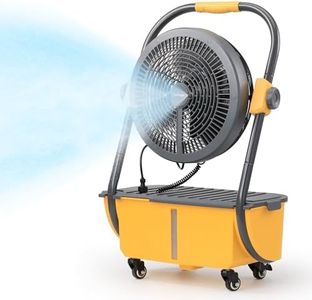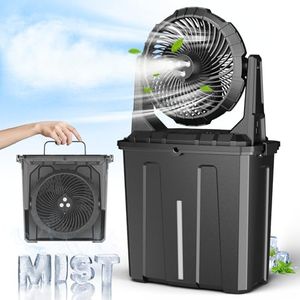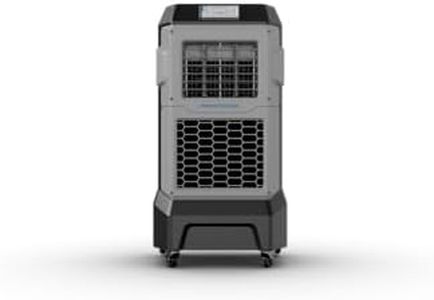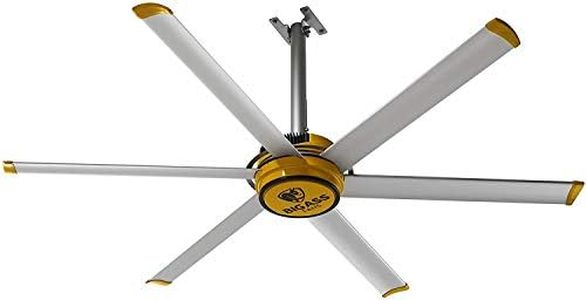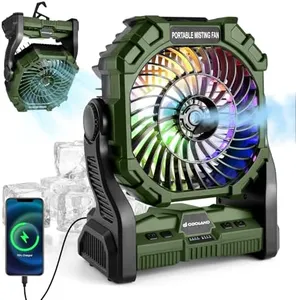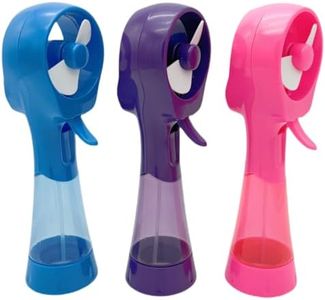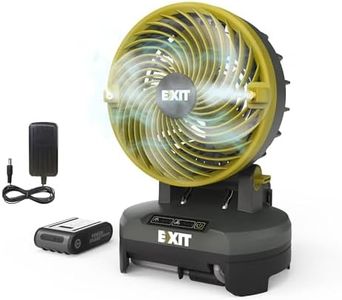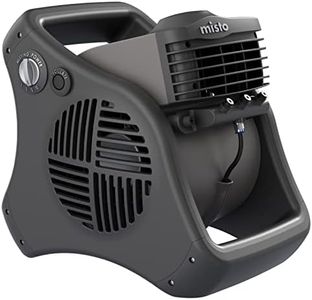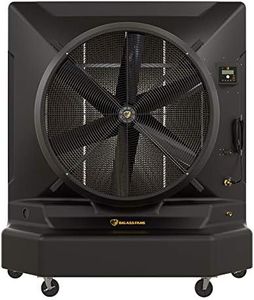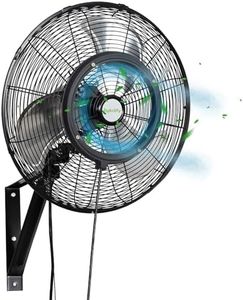10 Best Outdoor Cooling Fans 2025 in the United States
Our technology thoroughly searches through the online shopping world, reviewing hundreds of sites. We then process and analyze this information, updating in real-time to bring you the latest top-rated products. This way, you always get the best and most current options available.

Our Top Picks
Portacool Apex 700 (PACA07001A1) – Wi-Fi Enabled High Velocity Portable Evaporative Cooler for 700 sq. ft. with up to 60-foot Reach, Oscillating Louvers, Programable, 22 Gallon Reservoir, Variable Spd
Most important from
3 reviews
The Portacool Apex 700 is a high-velocity portable evaporative cooler designed to cool areas up to 700 sq. ft. rapidly. With an impressive reach of up to 60 feet, it delivers efficient cooling through oscillating louvers that can be controlled digitally. One of its standout features is the reduced noise level at 53 dB, which is relatively quiet for its size and power, making it suitable for environments like commercial spaces, gyms, and industrial settings.
Additionally, its Wi-Fi capability allows users to control the unit from anywhere, enhancing convenience and ease of use. The cooler’s 22-gallon reservoir ensures extended operation without frequent refilling, supported by smart water management features like automatic shut-off and water level indicators. Portacool’s advanced media technology ensures effective cooling while conserving water, making it both efficient and economical in the long run.
The unit is built to withstand harsh conditions with its durable, roto-molded housing that guarantees longevity. It is also designed for easy portability, with a built-in handle and lightweight housing allowing for simple maneuvering. However, the cooler’s weight at 88 pounds might still be cumbersome for some users, despite the portability features. Its corded electric power source may limit placement options in outdoor settings without electrical outlets nearby.
